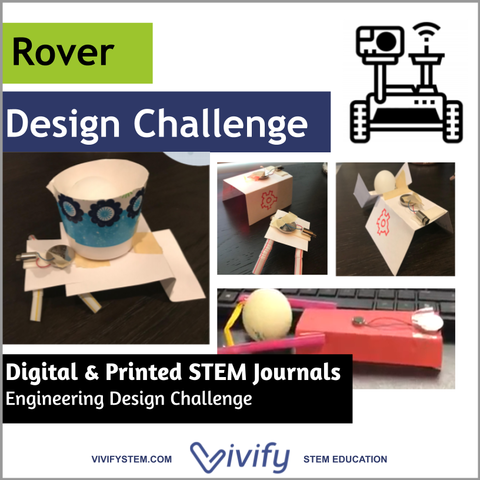“My students were completely engaged and focussed during this project. This was a high interest hands-on project. They loved feeling like they were solving real problems and finding a way to help the environment and animals. Great resource.”
lesson overview
Ocean Debris Engineering Design STEM Challenge
After learning about ocean pollution, students use the engineering design process to build an ocean debris cleaner that has buoyancy and can pick up microplastics.
Lesson Sequence:
Relay Recycle Bin Sort: Students will be given a garbage bag of mixed recycling items - paper, glass, plastic, and metal. Students will have to relay back and forth separating/grouping the like items one item at a time without talking to their relay partners!
Learn about the Great Pacific Garbage Patch, Ocean Engineering, and Mr. Trash Wheel.
Complete Ocean Debris Engineering Challenge.
Research and report on a current ocean debris cleaner.
Real-world STEM Connection:
Ocean Engineering
Marine Engineering
The Great Pacific Garbage Patch
Mr. Trash Wheel clean-up innovation
As with many STEM activities, this challenge can be tailored to students of various skill levels and abilities.
Included in this product:
Detailed teachers guide with links to resources
Editable teacher companion presentation slides
Photos and videos of student examples
Editable printed & digital student handouts to guide them through the design process
Videos to motivate and support learning
Editable Google Slides STEM journal for distance learning
STEM Career Connections and real-world examples
Student recording sheet for each step of the process
Suggested Materials: Many different materials can be used for this challenge. Here are some suggestions that worked well for our students.
Sponges, loosely woven cloth, mesh fabric
Pool noodles, bubble wrap, pieces of foam, foam egg cartons, balloons
Pipe cleaners, small plastic pipes, popsicle sticks, strong straws
Plastic cups of various sizes
Ziploc bags - small & large
Scissors, hole puncher
An ice pick
String or rope
Duct tape and masking tape
Hot glue gun with glue sticks
Testing materials:
Large tub of water or a small baby pool
Ocean debris like plastic bags, bottle caps, straws, cups
Perler beads to represent microplastics
****************************************
Looking for more STEM lessons? Find the Vivify resource guide here.


























